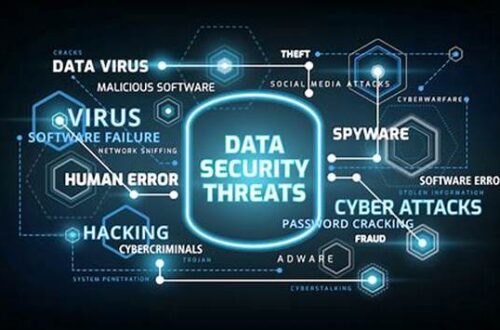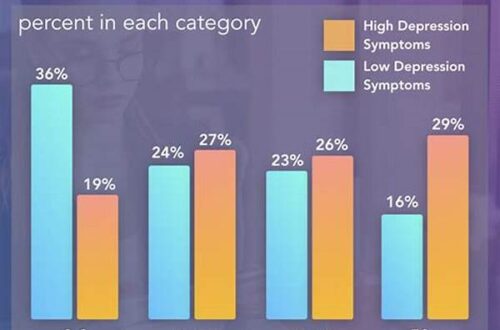In an era where digital transformation is redefining business dynamics, the security landscape has evolved dramatically, necessitating vigilance. Real-time threat detection systems represent a pivotal development in safeguarding digital assets. These systems are designed to identify, analyze, and mitigate security threats instantaneously, providing organizations with an agile defense mechanism against cyber-attacks. In today’s fast-paced digital environment, the ability to detect and respond to threats without delay is paramount, ensuring the continuity and integrity of business operations.
The Importance of Real-Time Threat Detection Systems
Real-time threat detection systems play a crucial role in modern cybersecurity infrastructure. As organizations increasingly rely on digital platforms, the volume and complexity of cyber threats have surged. These systems enable businesses to continually monitor their networks, offering rapid identification and response to potential threats. By leveraging advanced analytical tools and artificial intelligence, real-time threat detection systems can parse vast amounts of data and recognize patterns indicative of malicious activities. Consequently, businesses can prevent data breaches and safeguard sensitive information, maintaining customer trust and regulatory compliance. The capacity to respond swiftly to threats minimizes potential damage and disruption, ensuring seamless operational continuity and robust security posture.
Features of Real-Time Threat Detection Systems
1. Instantaneous Analysis: Real-time threat detection systems excel in processing large datasets swiftly to identify potential security violations at the moment they occur.
2. Automated Response: These systems often include automatic response mechanisms that neutralize threats without requiring human intervention.
3. Scalability: Designed to adapt to growing organizational needs, real-time threat detection systems accommodate expansion in network size and data volume.
4. Integration Capability: They seamlessly integrate with existing IT infrastructure, enhancing overall network security effectively.
5. Continuous Monitoring: Ensures 24/7 oversight of network activities, enabling persistent vigilance against threats.
The Technology Behind Real-Time Threat Detection Systems
Real-time threat detection systems utilize cutting-edge technologies to maintain the highest security standards. Artificial intelligence and machine learning are pivotal, enabling systems to learn from historical data and predict future threats with increasing accuracy. These technologies facilitate the development of intelligent algorithms capable of distinguishing between normal and anomalous behavior in network traffic. Furthermore, real-time threat detection systems incorporate sophisticated data analytics to scrutinize vast data pools efficiently. The ability to adapt and evolve with changing threat landscapes makes these systems indispensable for any organization seeking comprehensive security solutions in the digital age.
Advantages and Considerations of Real-Time Threat Detection Systems
Incorporating real-time threat detection systems into an organization’s cybersecurity infrastructure offers numerous benefits. Firstly, they provide immediate alerts on potential threats, enabling swift actions to prevent breaches. Secondly, by automating routine security assessments, these systems reduce the burden on cybersecurity personnel, allowing them to focus on strategic tasks. Thirdly, the integration of real-time threat detection systems supports enhanced decision-making through detailed data analysis. However, implementing these systems requires consideration of factors such as costs, training, and ongoing maintenance. Nevertheless, the investment in real-time threat detection systems generally yields substantial long-term benefits including enhanced protection and operational resilience.
Implementing Real-Time Threat Detection Systems in Organizations
Deploying real-time threat detection systems is a strategic decision that demands careful planning and execution. Organizations must assess their current cybersecurity framework to determine the most suitable solutions that align with their security goals. Collaboration between IT departments and cybersecurity specialists is essential to ensure seamless integration. These systems should be customized to address specific organizational needs while providing robust protection. Training is an integral component, equipping staff with the necessary skills to maximize system capabilities. Continuous evaluation and updates are also crucial to keep pace with evolving threat landscapes. By undertaking these steps, organizations can effectively harness the full potential of real-time threat detection systems.
Challenges in Real-Time Threat Detection Systems
Despite their advantages, real-time threat detection systems present certain challenges. The initial cost of implementation can be significant, presenting a barrier for some organizations. Complexity in configuration and integration with existing systems also requires technical expertise. Additionally, the volume of data generated can be overwhelming, necessitating sophisticated analytical tools to manage efficiently. Real-time threat detection systems must continuously evolve to counter new and advanced cyber threats. Despite these challenges, the proactive security measures they offer make them an invaluable asset in protecting organizational data and ensuring business continuity amidst a rapidly changing threat landscape.
Summary of Real-Time Threat Detection Systems
In conclusion, real-time threat detection systems are a fundamental component of modern cybersecurity strategies, designed to provide instantaneous threat analysis and response. These systems enable organizations to maintain vigilance against increasingly sophisticated cyber threats. By leveraging advanced technology such as artificial intelligence and machine learning, they ensure rapid identification and mitigation of threats, reducing potential disruptions and safeguarding sensitive information. Implementing real-time threat detection systems requires investments in technology, personnel, and training, but the advantages they offer in terms of enhanced security and business resilience are significant. As cyber threats continue to evolve, these systems will remain integral, ensuring that organizations can protect their digital assets and maintain operational continuity in a secure environment.





